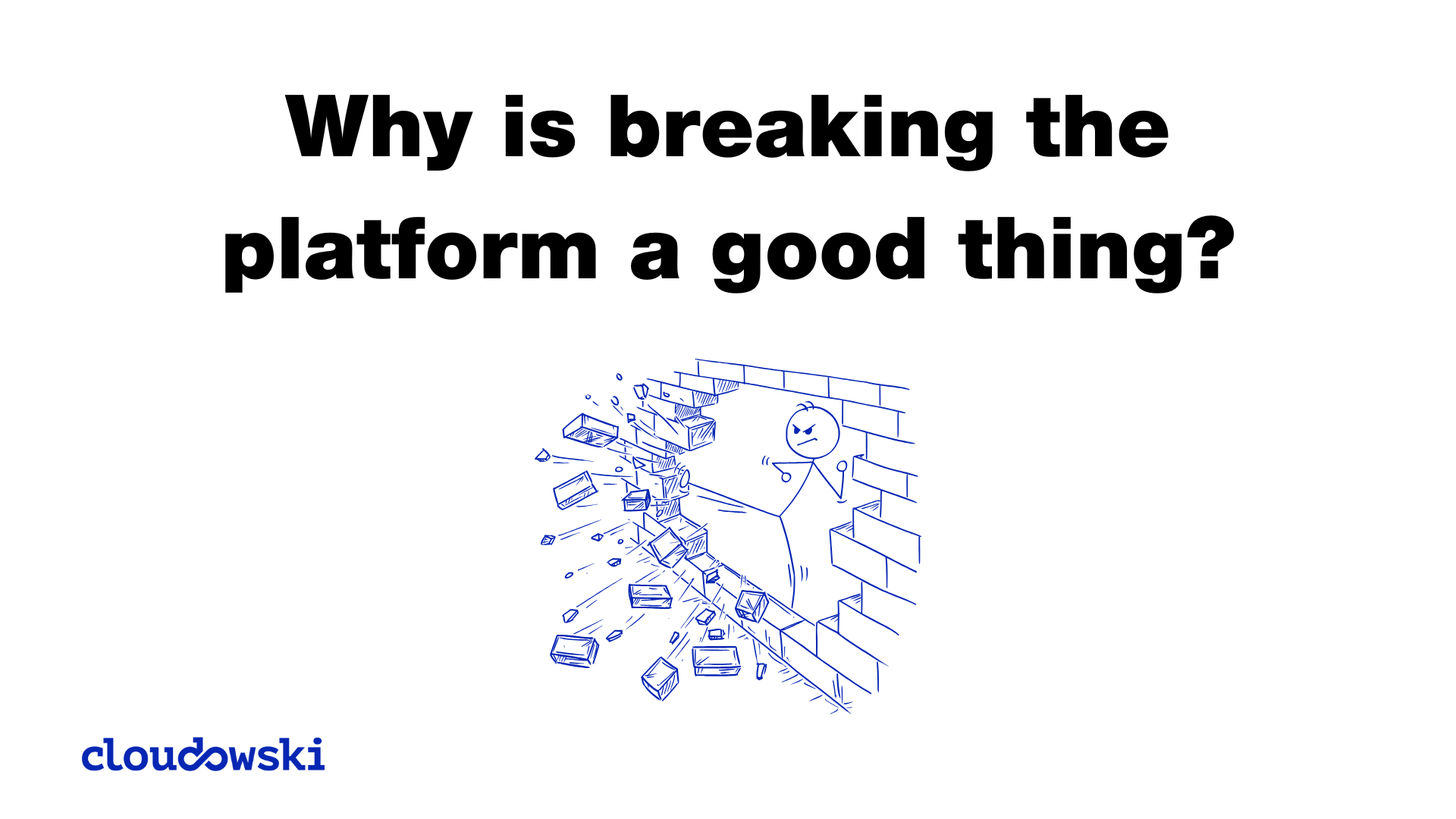Good platform teams care about reliability. Excellent teams experiment and break things in order to learn and improve. It might seem counterintuitive to actively try to cause problems, but it’s the most effective way to build resilience.
Chaos Engineering isn’t about randomly causing chaos. It’s about thoughtfully planning experiments to test your system’s ability to withstand failures.
By proactively injecting faults (e.g., killing pods, delaying network traffic, simulating disk failures), you can uncover weaknesses you never knew existed.
Think of it like stress-testing a bridge. You wouldn’t wait for a real earthquake to see if it can withstand the forces. You’d simulate the earthquake in a controlled environment. Chaos Engineering does the same for your platform.
Breaking things in production (in a controlled manner!) allows you to:
✅ Identify Hidden Dependencies: Uncover unexpected connections between services
✅ Validate Your Monitoring: Ensure your alerts fire when they’re supposed to
✅ Improve Your Response Procedures: Practice responding to real-world failures
✅ Build a More Resilient System: Learn from your mistakes and make your platform stronger
Start small, automate your experiments, and always have a rollback plan. Remember - don’t break production by accident, always on purpose!
What are your thoughts on chaos engineering?
Are you actively experimenting with failure scenarios in your platform? I’m curious to hear about your experiences – the good, the bad, and the unexpected.






Comments